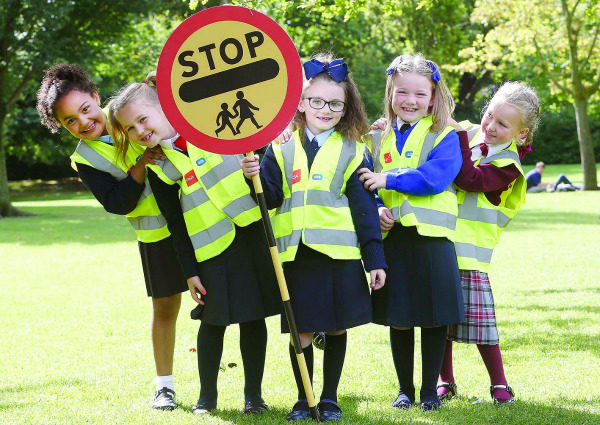Reflective tape or sticker is now a mandatory accessory for pedestrians moving on the road outside the village in poor visibility. This is said by the amendment to the Road Traffic Act, which only applies for a few days. Pedestrians may also be fined for non-compliance.
Fog, rain, dusk or snow blizzard can complicate drivers’ views from the car. In doing so, they must see the pedestrians in time and be able to react. If a person has dark clothes, the driver registers them up to twenty meters. The white color is visible at 55 meters. The ideal reaction distance is 200 meters. And this is guaranteed only by reflective elements. Under the amendment to the Road Act, they are now mandatory for pedestrians for reduced visibility on roads between municipalities.
The phone is Pavel Rakus, the BESIP coordinator:
“In BESIP, we would like to see that the obligation to wear reflective materials would not be reduced only by several sections outside the municipality. We would like it to be always in poor visibility. It may not be just dark, but also heavy snowfall and the like.”
Pedestrians should be aware that they are difficult to see not only in the dark but also at dusk or dawn. And everybody should buy a reflective tape for their safety.
Petra Stonišová, spokesman of the Municipal Police of Opava:
“The law does not directly determine where the reflective elements should be and how they should look. It’s good for them to be on the moving parts – on the wrist, above the ankle.”
Police officers and police officers will now check that pedestrians do not forget about reflective signs.
Pedestrians will be fined up to 2500 crowns if they are not followed. But the guards will be more aware of the education at this point and will be more alert to pedestrians that they should have these reflective elements.
Stickers, patches, pendants or hand straps are available in haberdashery or bicycle shops. Mohdy is already fluorescent substances sewn into the seams of jackets or school bags or backpacks. Reflective signs which made of reflective heat transfer vinyl certainly increase the safety of pedestrians on the road.








